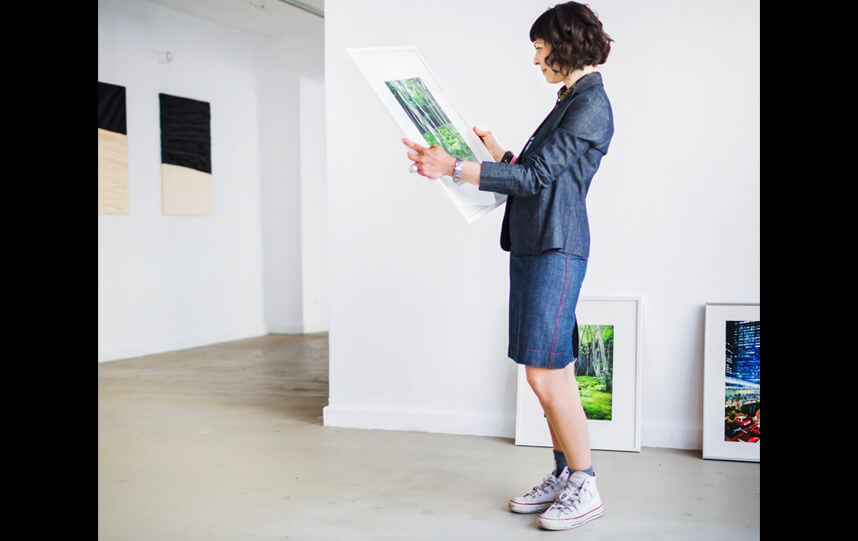That Audrey Hepburn poster looked great in your college dorm. Those Ikea prints? Totally acceptable for your first apartment. But time has come to upgrade your art, adults (and aspiring adults) of the world. “When you buy original art, you’re not buying something mass-produced that everyone in the world has,” says Rachel Zimmerman, founder of InLiquid, a Philadelphia-based virtual hub for visual artists. Unfortunately, buying art isn’t as easy as buying a couch. We hit up the experts for some tips on starting a budget-friendly personal collection.
Go local RELATED: The online estate sale you need to hit up Buy prints wisely RELATED: ‘Property Brothers’ tips for buying a fixer-upper’ Trust your gut
The best place to find great original art? Right under your nose. Not only is buying local good for your wallet, it’s good for your community. “Be a part of your local art history,” says David Parker, a contemporary and modern art advisor to collectors worldwide. “Look at any museum anywhere and you’ll see that it exists because someone cared about art enough to look after it, and that shaped an entire space. If you can spend $300 a year buying work from an artist you love, after 20 years, you might be their biggest supporter.” Pro tip: For great deals on work from up-and-comers, hit up student shows.
If you can’t afford an original piece, prints are a solid alternative — if you do your research, that is. “Go to a reputable source and make sure it is authentic,” says Rebecca O’Leary, a consultant to both private and corporate collectors. “There are a lot of pseudo art dealers who will sell you a framed digital copy and call it an ‘original print from a secondary source’ for a high price. It can be like buying a used car — be sure you know who you are buying from.”
Once you get yourself out to a gallery and interacting with art, buying a piece is actually quite simple. “It’s about looking and feeling: What is your response to what you’re looking at? Are you feeling it? If not, move on,” says Parker. “The word that I always come back to is ‘resonance.’ Does the work resonate with you on some level? If so, it’s the right work. Don’t let someone tell you that one silkscreen is better than another.”
How to buy art on a budget

iStock


















